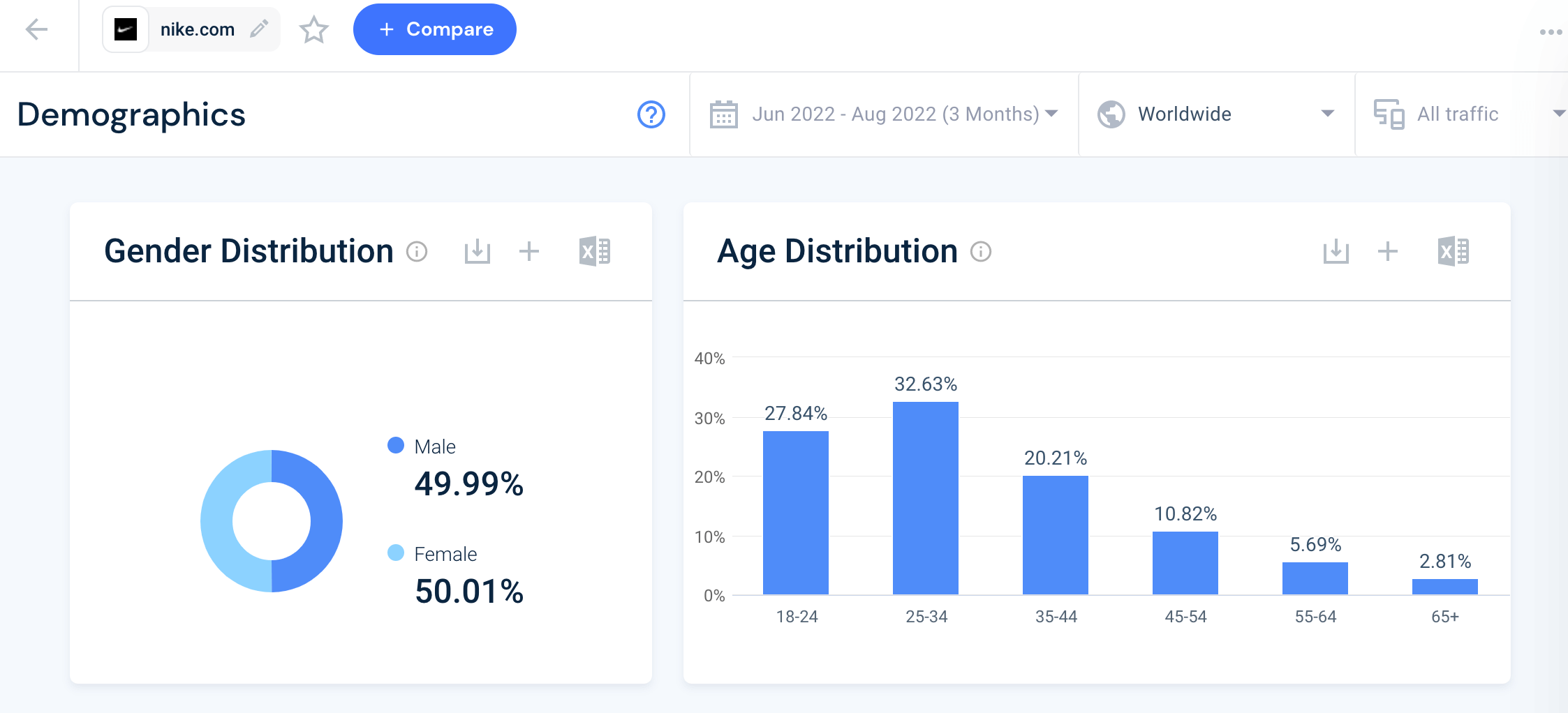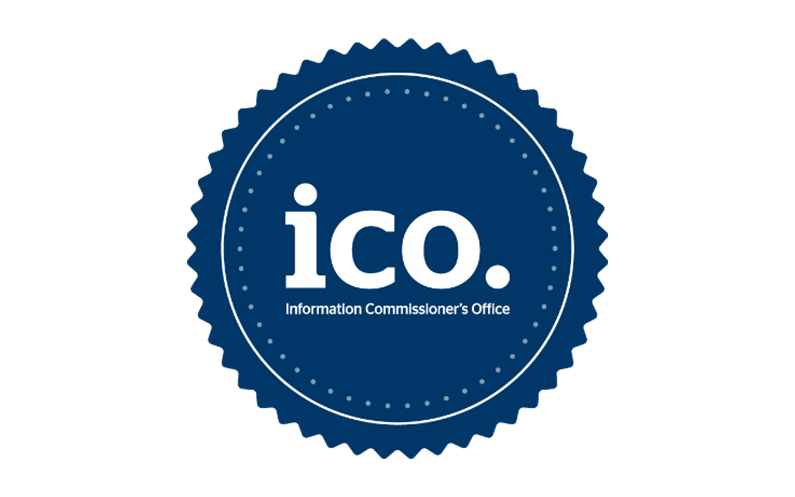Navigating the nuances of social media copywriting requires a keen understanding of each platform’s unique landscape. From leveraging platform-specific engagement features to understanding user intent and audience type, here are six expert strategies shared by founders and brand managers on crafting content that resonates across different social channels.
Table of Contents
Toggle
Leverage Platform-Specific Engagement Features
When tailoring social media copywriting to different platforms, it’s essential to understand the unique audience demographics each platform demands. For instance, Instagram thrives on visually appealing content with short, catchy captions, while LinkedIn favors more professional and in-depth posts.

On Instagram, I use vibrant images and concise, impactful messaging to catch the eye quickly. In contrast, on LinkedIn, I share detailed insights and industry knowledge, which resonates with a more professional audience.
One tip that isn’t commonly given is to utilize the lesser-known features of each platform to enhance engagement. For example, LinkedIn’s native document-upload feature allows you to share detailed reports and presentations directly within a post, which can drive deeper engagement and showcase your expertise.
Dinesh Agarwal, Founder, CEO, RecurPost
Develop Recurring Content Series
Tailoring social media copywriting to different platforms involves understanding the unique audience demographics and content formats of each. For instance, LinkedIn requires a professional tone and longer-form content focused on industry insights and thought leadership, while Instagram thrives on concise, visually-driven posts that emphasize aesthetics and engagement.

Twitter demands brevity and timeliness, making it ideal for quick updates and news, whereas Facebook allows for more detailed storytelling and community interaction. A key strategy is to use platform-specific language and hashtags to enhance discoverability and relevance.
For example, on Instagram, you could develop a recurring “Behind the Scenes” series using stories and reels to showcase daily operations and company culture. On LinkedIn, you could run a weekly “Employee Spotlight” series featuring detailed profiles of team members, their roles, and career journeys.
For Twitter, consider a daily or weekly Q&A session or quick tips related to your industry. By developing these series, you create consistent, engaging content that builds a loyal following and leverages the unique features of each social media platform.
Deepti Chopra, Senior Brand Manager, Sekure Payment Experts
Adapt Tone to Platform Culture
You have to think about the market on that platform when writing copy. For example, with LinkedIn, this is a more professional platform with individuals who are more formal. If we are looking at Instagram, this can have a more laid-back feel. You always want to keep your overall brand tone in mind, but you want to really analyze who is on that specific social media channel.
Jacinta Gandy, Brand and Website Designer, The Social Circle
Incorporate Platform Language Quirks
I always tell my team to think of each platform like a different party. You wouldn’t act the same way at a black-tie gala as you would at a backyard BBQ, right? On LinkedIn, our posts are more polished and professional, focusing on industry insights and thought leadership. Meanwhile, on Instagram, we get to be more visual and playful, sharing behind-the-scenes moments and vibrant visuals that grab attention.
One strategy I find effective is to use platform-specific language quirks. For instance, I’ve noticed incorporating TikTok lingo and trends in our posts there makes them feel more native and engaging to its younger audience. This isn’t something you’d typically hear from the “social media gurus,” but it’s been a game-changer for us. This approach has resulted in higher engagement rates and a stronger connection with our audience on each platform.
Andrew Lee Jenkins, Owner, Catalyst RVA Marketing Agency
Create User Profiles for Tailored Content
One of the unusual techniques I apply in social media copywriting is to draft real profiles of the typical user for each respective platform. It’s not exactly a question of demographics; let’s say it’s more about the mini-profiles reflecting the habits and tastes of users within any given network.

For example, on one platform, I might be a young, fashion-oriented person looking for fast, richly visual material; on another, perhaps a marketing professional looking to garner industry insights. This helps me adjust the tone, style, and content to really speak to them. I use some tips, like using the slang of a particular platform or trending topics these profiles would use, making it feel a little more relatable.
Azam Mohamed Nisamdeen, Founder, Convert Chat
Understand User Intent and Audience Type
When it comes to social media copywriting, you need to think about: the user intent of your audience, your audience type, and the surrounding setting of your content. Let me explain each one:
- The User Intent of Your Audience
Let’s compare the intent of Person #1 searching “best glass water bottles” on Google versus Person #2 opening up Instagram. The intent of the first person is a strong buying intent. They want a glass water bottle, and they want it to be the best! The intent of the second person? To get a dopamine hit, distract themselves, kill time, get entertained. They’re not searching for anything other than the concept of getting satisfaction from what they find on the social media platform.
This makes social media copywriting a lot more important—we’re not just here to sell someone something, but actually tell them why they want to read this instead of scrolling. We don’t know if they’re looking for this thing yet; we just know that they’re going to come across our post.
- The Audience Type
Audiences on Facebook groups tend to be older, or people who are a part of Facebook Groups or like to shop on Facebook Marketplace. They tend to only be friends with people they know or people they have a very strong connection to, which means language on there needs to reflect that. Audiences on Instagram tend to be people who are younger, who want something quick and stimulating. They want something upbeat, and don’t want to be bogged down by too much depth.
- The Surrounding Setting of Your Content
I always find it difficult to write a social media caption when I can’t see what it’s going to look like when it’s posted (shout-out to Planoly for being able to show this while I’m writing the caption). Your caption could look and feel amazing in the Google Doc that it’s sitting in, but it very well might not translate because of the image it’s going to be paired with, or how it’ll look on your phone screen once it’s posted.
Kira Violet, Singer-Songwriter, Content Creator, Violet Gaze

